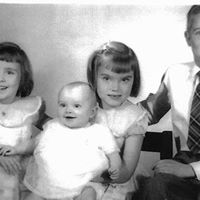Who was/were the architect/s that worked on the final design and appearance of the Eiffel Tower?
To celebrate the 100th anniversary of the French Revolution in 1889, a great competition was launched in the "Journal Officiel". The wager was to "study the possibility of erecting an iron tower on the Champ-de-Mars with a square base, 125 m across and 300 m tall". One hundred and seven projects were entered in the competition.
Even though Gustave Eiffel patented the project in his company's name, two lesser-known people came up with the original idea. They were Maurice Koechlin and Emile Nouguier, the chief engineers of Eiffel’s engineering firm. The concept was to build a very tall tower designed like a large pylon with four columns of lattice work girders, separated at the base, coming together at the top and joined to each other by more metal girders at regular intervals. In order to make the project more acceptable to public opinion, Nouguier and Koechlin commissioned the architect Stefan Sauvestre to work on the project's design and appearance.
The first digging work started on the 28th of January 1887. On the 31st March 1889, the Tower had been finished in record time – 2 years, 2 months and 5 days – and was established as a veritable technical feat. The tower is 324 m (1,063 ft) tall, about the same height as an 81-storey building, and the tallest structure in Paris. Its base is square, measuring 125 m (410 ft) on each side. It was listed by UNESCO (United Nations Educational, Scientific and Cultural Organization) World Heritage in 1991.
More Info:
en.wikipedia.org

